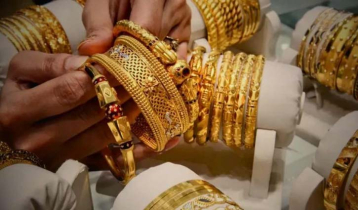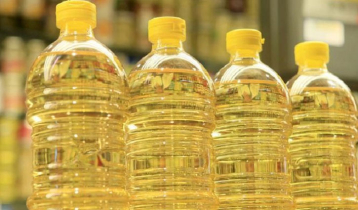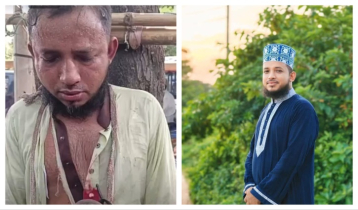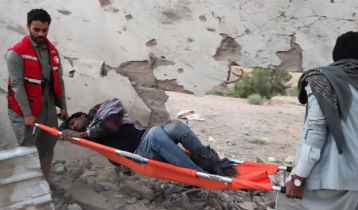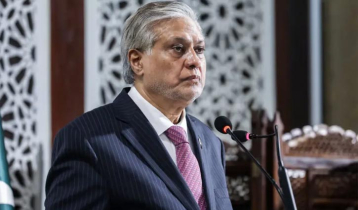Local cattle breeders, traders earn more
Manzurul Alam Mukul || risingbd.com

Cattle breeding and trading have got a momentum in the country due to drop of smuggling and import of Indian animals.
Possible shortage of sacrificial animals during this year’s Eid-ul-Azha created panic in the country as the Indian government restricted cattle trading in the border areas with Bangladesh from April this year.
The Indian government’s step only pushed up cattle and meat prices in Bangladesh as India is one of prime sources of cattle in the country. Bangladesh did not face any major problem rather than local traders and breeders earned more money from the previous years, sources say.
Centering the Eid-ul Azha, cattle markets in the country witnessed arrival of a large number of local animals and the buyers were interested to buy local breeding animals.
According to sources, local cattle breeders and businessmen gained an estimated Taka 7000 crore more this year compared to the previous year as influx of Indian cattle was very insignificant this year, specially during the Eid-ul-Azha.
The price of cattle was 20-25 per cent higher during Eid-ul-Azha this year compared to the previous year as smuggling and import of the animal dropped, sources in the Department of Livestock Services and Dhaka City Corporation say.
According to the Department of Livestock Services and Dhaka City Corporation, some 46 lakh cattle and 23 lakh 33 thousand goats and sheep were sacrificed in 2014 year. Estimated sacrificial cattle market was valued at Taka 32,000 crore in 2014, Taka 28,000 crore in 2013 and Taka 26,000 core in 2012 during Eid-ul-Azha.
A source in the Department of Livestock Services says this year the cattle market likely to stand at Taka 35,000 crore.
Meanwhile, the number of cattle slaughtered during 2014-15 fiscal year was 86,22,322, in 2013-14 was 72,88,530 and in 2012-13 was 65,28, 137 .
The number of sheep and goats slaughtered was 68,85, 291, in 2013-14 was 63,53, 441 and in 2012-13 was 60,22, 686.
According to Department of Livestock and Department in 2014-15, a total of 86,22,000 cattle were slaughtered of which 45 lakh were sacrificed during the Eid. However, according to Bangladesh Tannery Association, the number of sacrificed cattle was 55 lakh. There were two crore, 34 lakh and 88 thousand cows in 2013-14. This number reached two crore, 36 lakh and 36 thousand in 2014-15.
The contribution of the livestock sub sector to GDP at constant prices was 2.58 percent in FY 2010. The estimated contribution to GDP during FY 2011-12 from this sub-sector was 2.50 percent.
Approximately 9% of total foreign currency is earned by exporting leather and leather products every year. Leather is mentionable export product of our country.
Though the share of the livestock sub sector in GDP is small, it has immense contribution towards meeting the daily protein (animal protein) requirements.
But Bangladesh still continues to stay on the lower-end of the global protein consumption, especially meat and milk, despite the government has scaled up efforts to improve protein consumption in the impoverished South Asian country.
According to World Health Organization (WHO), the per capita annual demand for meat is around 80kg in the world, while per capita meat consumption in Bangladesh is only 7.3kg a year.
Statistics from the WHO also shows the per capita annual meat consumption in Pakistan is 19kg, 50kg in China, over 100kg in Germany and United States and 70kg in Argentina.
Risingbd/DHAKA/Oct 21, 2015/Mukul
risingbd.com






